The Complexities of Castlevania: SOTN – Developing Game Challenges
December 22nd, 2017
[When developing Castlevania: Symphony of the Night, director Koji Igarashi wanted to make a game which would “overturn player’s ideas about Castlevania, yet also feel like a Castlevania game”. In pursuing this vision, his team made SOTN’s game system much more complex, incorporating RPG systems and a wide variety of nuanced player actions. This series of articles will examine how these additions shape SOTN’s core gameplay of moving through space to dodge and attack enemies.]
To conclude the series, I want to discuss a handful of game challenges which demonstrate how SOTN’s designers leveraged the game’s various systems and complexities to create the moment-to-moment gameplay. The examples generally fall into one of two categories: challenges which utilise the core dynamics of space, time, and gravity and challenges which test the player’s knowledge of SOTN’s nuanced complexities. By looking at these examples, we can make sense of how SOTN’s game systems work in context.
Bone Pillar and Morning Star Trap on Stairs
This example is one of the few challenges that leverages gravity to great effect. At this point in the game, Alucard shouldn’t yet have the double jump or high jump, so the player cannot jump over the arrangement of game elements. The Bone Pillar’s fire breath shoots out at set intervals, so the challenge is orientated around timing. However, by defeating the Bone Pillar, Alucard releases the morning star which subsequently rolls down the staircase. So defeating one challenge organically facilitates another. Alucard’s lower position on the staircase limits his options for escape. (He should probably jump to the left and then swing back to the right, which is hard to do with limited hang time). The designers leverage height and gravity to create a lock and increase challenge.
Blood Skeleton Mosh Pit
Blood Skeletons (enemies that walk back and forth, and rebuild themselves after taking damage; think Dry Bones from the Mario games) swamp the shallow pit. The low ceiling and raised ledge sandwich Alucard and make it difficult for him to enter the crowded space. These limitations encourage more creative solutions. I came up with two: running through as Wolf Alucard and air kicking my way across, allowing the mosh pit to carry Alucard.
Corpseweed in a Dome Pit
A series of curved pits draw the player towards the centre where a corpseweed lies. The slowing effect of the bowl, the crouching height of the weed, and the flat space in the centre for the player to crouch attack together converge to shorten the time the player has to stop the weed from sprouting into a giant plant. Air-kicking the leafy mass allows the player to traverse this area quickly as the diagonal-downwards trajectory avoids the slowing effect of crossing the curves of the dome and allows the player to rebound and jump into the next dome, setting up the subsequent attack.
A Tight Squeeze Past Balloon Pod
Balloon Pods fill the gaps that lead up the shaft. If Alucard attacks or touches a Balloon Pod, it will burst open, unleashing a spray of spores. Since the spores fill the gap and take several seconds to vanish, the arrangement encourages the player to carefully squeeze past the obstacles, with dexterity being a required skill.
Imp Swarm
In this long, narrow shaft, a steady stream of Imps spawn. These pests track Alucard and interrupt his ascent by knocking him back to the ground. The longer the player spends recovering from knock backs, the more Imps spawn in, and the harder it is to avoid the swarm. Furthermore, the floating devils sometimes petrify Alucard or curse him to stand on the spot and attack, allowing even more of their pitchfork-wielding friends to swoop on in. The column constricts the space around Alucard and by extension the player’s movement options, while the pit (pictured) acts as a choke point, trapping Alucard within. The arrangement of game elements leverage two nuances (Alucard’s knockback and the Imp’s petrify and curse attacks) to create a unique “race against time” themed challenge.
Galamoth Boss Fight
Interviewer: Who do you think is the toughest enemy in Symphony of the Night?
Hagihara: Under normal conditions, Galamoth is a tough fight. If you don’t have any extra power from equipment it’s a real slog.
Igarashi: We made him so that if you just tried to fight him normally, you couldn’t win. I mean, that’s the kind of character he originally was. (laughs) Please enjoy him as one of the post-game challenges.
Hagihara: The truth is Galamoth was supposed to be far stronger than Shaft or Dracula..
The developers intentionally inflated Galamoth’s difficulty so as to encourage players to find creative ways of defeating the monster. In this case, taking advantage of the complexities and nuances of SOTN’s combat system. The video below highlights the excessive extremities of SOTN’s abstract subsystems.
http://www.youtube.com/watch?v=X72uf-HcZmA
Shield Rod + Alucard Shield – This technique requires that the player exploit a hidden property of the Shield Rod. According to the Castlevania Wiki, when the player equips a Shield Rod and Alucard Shield, the Alucard Shield has:
“the ability to deal a base 255 Hit damage multiple times per second when in contact with the enemy. The shield also recovers 8 HP, 1 Heart, and grants 3 seconds of invincibility, although MP is drained continuously when in use”.
The Shield Rod’s text description (“Extra Effective With Shield”) appears to be the only clue the game provides. Even after following the hint, a significant degree of trial and error would be needed to unearth the combination and its effective application against Galamoth.
Use the Duplicator to Spam Healing Items and Expendable Weapons – Post-game pick-up the Duplicator allows Alucard to hold an endless supply of items. So when facing Galamoth, the player can spam healing potions to minimise any damage taken. Then when they have a moment to breathe, they can shower the boss in TNT. I suppose with the Duplicator equipped and limitations on single-use weapons removed, the player can finally experiment with this tertiary area of the SOTN’s combat system.
Wear Lighting Mail to Reduce Damage – Knowledge of the elemental attributes and equipment systems can reduce some of the challenge of the boss battle. Given that Galamoth clearly fires lightening out of his rod, this suggestion makes sense.
Use the Beryl Circuit to Absorb Galamoth’s Damage – The Beryl Circuit absorbs lightening damage, so Galamoth’s lightening attacks heal Alucard instead of hurting him. Given the nonsensical sidequest needed to obtain the Beryl Circuit, this technique is easily the most far-fetched in the video.
Trap Galamoth in a Stun State – The video shows two positions where the player can trap Galamoth in a stun state: in the bottom-right corner and when attacking his head on the right-hand ledge. Although this technique exists within the spatial game, it’s more of an exploit than a genuine solution.
Conclusion
From the traversal mechanics, weapons, and subweapons anchored in the dynamics of time and space; to the less functionally effective systems of expendable items, spells, and familiars; to the abstract layer of equipment and levelling; and finally the excesses of super nuanced techniques required to defeat Galamoth, Symphony of the Night‘s complexities support the core gameplay of moving Alucard through space to dodge and attack, have very little of an effect at all, and even warp the gameplay into something else completely.
Overall, I would argue that the majority of SOTN’s new additions don’t really enhance the game very much at all. And even the most grounded addition, the weapon system, shifts the gameplay in a dramatically different direction, and not necessarily for the better. By allowing the player to choose their weapon, SOTN forgoes the tuned and optimised gameplay of the earlier titles for a rawer, more player-driven experience. SOTN’s developers provided plenty of options which players can tinker with, but struggled to create rich and challenging gameplay out of those options.
The Complexities of Castlevania: SOTN – Space, Time, and Enemy Design
December 20th, 2017
[When developing Castlevania: Symphony of the Night, director Koji Igarashi wanted to make a game which would “overturn player’s ideas about Castlevania, yet also feel like a Castlevania game”. In pursuing this vision, his team made SOTN’s game system much more complex, incorporating RPG systems and a wide variety of nuanced player actions. This series of articles will examine how these additions shape SOTN’s core gameplay of moving through space to dodge and attack enemies.]
As established over earlier articles, SOTN’s combat is the deepest and most dynamic aspect of the game. Out of a few simple, intuitive rule sets, the core dynamics of space, timing, and gravity facilitate complex and varied gameplay. However, these elements can only do so much. As SOTN demonstrates, enemy and level design shape the nature of time and space within each level challenge.
- SOTN has over 100 enemies. We can loosley group these enemies into two main types: grounded humanoids which stagger back and forth and smaller creatures which move in more dynamic patterns.
- Being stuck to the ground, the humanoid enemies reduce space to the 1D vector of relative distance. So in engaging these enemies the player must dance in and out of the enemy’s attack range waiting for an opportune moment to strike. Of course, the player can still jump and crouch and enemy attacks move vertically as well as horizontally, so the gameplay does punctuate into 2D space. However, 1D relative space constitutes the majority of the player’s spatial engagement.
- With less space to operate within, the confrontations with humanoids tend to emphasise player reaction and reflex.
- The inherently limited movement and attack range of humanoid enemies severely restricted the developers ability to create a range of unique humanoid enemies. The following four foes demonstrate their range:
Zombie – These enemies spawn from the ground and walk towards Alucard. They function as short timers which prompt a reaction out of the player.
Bone Scimitar – Skeletons that walk towards Alucard and then shuffle back and forth just outside his range. Once Alucard enters their range, they swing. The swing is slow enough that the player can counter by attacking first. Alternatively, they can take advantage of the cool down between attacks.
Bloody Zombie – These foot soldiers quickly walk towards Alucard and strike with a dagger. They’re similar to Bone Schitmars, but require faster reflexes to counter the quicker attack.
Gorgon – The Gorgon is a slow-moving, horse-like creature that walks along the ground and breathes grey, petrifying fire when Alucard is in close range. The saddle on its back is helpful when jumping over the enemy. Otherwise, they’re identical to the prior two enemies: attack first or dodge.
- Overall, the developers have a handful of variables to work with: enemy size, movement speed, attack trajectory, and additional effects. The main challenge is the lack of 2D space. 3D games with hand-to-hand combat (think Zelda or Dark Souls) work because the gameplay is set in 2D space with some punctuations into 3D (Skyward Sword stands out as one of the more 3D hand-to-hand combat games). Hand-to-hand combat in the side-scrolling perspective, however, is just inherently limited in terms of design space.
- The humanoid enemies also create a number of other problems which cumulate in a negative net effect on the combat gameplay. Firstly, these enemies usually require flat ground, which makes the castle a much less interesting space to traverse (see the extraneous number of hallways).
- Secondly, the hand-to-hand style of combat of humanoid enemies stresses the game’s ability to communicate attacking / defending states visually. And SOTN unfortunately struggles to meet the challenge as the side-scrolling viewpoint flattens the perspective around an enemy’s arms. Furthermore, the game’s ornate design makes it harder to decipher the movement of enemy limbs during busy gameplay.
- Thirdly, since the humanoid enemies generally don’t react to Alucard’s attacks, the player can easily steamroll through rooms by walking up to these combatants and spamming hits. A recoil property would potentially allow enemies some distance to reset the game state and prevent spamming.
- The smaller enemies like fleas have more mobility and better leverage game’s core dynamics. As such, they prompt players to use a wider variety of traversal mechanics to navigate space and aim attacks. They are more akin to the enemy types seen in the Metroid series, which is overall a more spatial game than Castlevania.
- Since most of Alucard’s weapons are melee weapons (as opposed to projectiles), the player must get close to an enemy to attack it. However, to do this, the player needs to be able to read enemies and find openings before they attack them. This is why humanoid enemies start attacking when Alucard is still at a distant range, to give the player an opportunity to read the cues.
- The designers often layer humanoid and more mobile enemies together to create more sophisticated level challenges. In these instances, the humanoid enemies wall off the player’s movement range. With often very limited room to manoouvre and having to monitor the movement patterns of the mobile enemy and the state of the humanoid enemy (which isn’t very clear in the first place), these challenges are usually far too strict and restrictive.
- Projectiles and enemies which track Alucard along two axes tend to move slowly or in simplistic patterns so that they don’t overpower the player in terms of mobility.
- Alucard falls sharply and doesn’t obtain his double jump ability until some way into the game. As such, SOTN’s combat doesn’t have a strong air game. So attacking airborne enemies can be tricky because of Alucard’s limited hang time.
***
The Complexities of Castlevania: SOTN – Supporting the Core Gameplay
December 14th, 2017
[When developing Castlevania: Symphony of the Night, director Koji Igarashi wanted to make a game which would “overturn player’s ideas about Castlevania, yet also feel like a Castlevania game”. In pursuing this vision, his team made SOTN’s game system much more complex, incorporating RPG systems and a wide variety of nuanced player actions. This series of articles will examine how these additions shape SOTN’s core gameplay of moving through space to dodge and attack enemies.]
The image above maps each of SOTN’s systems in terms of how related they are to the core challenge of moving through space to attack and avoid enemies. The visual encapsulates several key points discussed so far:
- The weapons and subweapons draw on the spatial and timing dynamics and therefore tend to enhance the core gameplay by facilitating new forms of interactions. For example, the subweapons introduce an aiming element.
- Being set in time and space, the systems within the grey bubble are much more concrete and easy for players to understand.
- The spells, familiars, levelling, equipment, and expendable weapons tend to be more opaque for various reasons (limited explanatory text, limited supply, poor form fits function of enemies, abstract variation), and the game doesn’t really teach the player or provide a space where players can learn and master these complexities. (The game doesn’t do the same for weapons and subweapons too, but because the player can see these items move through space, they can easily figure out how to use them).
- High jumping and dive kicking have little practical application within the main gameplay challenges and are thus further out from the centre.
- Aguena and the Cross subweapon function more like spells and are thus organised as such. The spells do have some bearing on the moment-to-moment gameplay and should sit on the edge. However, their ability to dilute the core gameplay pushes them into the white.
- Alternatively, some might argue that the systems on the white background engage the player with a separate kind of challenge, understanding the nuances of the game system. For example, equipping the right item for a given combat scenario does stress the player’s knowledge of SOTN’s enemies and combat. It’s this part of SOTN’s game system which feeds the online speed running and Youtube community.
- Given that the elements on the periphery don’t have much of an effect on the main business of defeating enemies (the main roadblock to beating the game), one has to wonder why they were included in the first place. Players looking for the path of least resistance will simply overlook these cluttersome elements.
- With more complexity within the system, the designers also have a harder job of communicating all of the necessary information to the player.
***

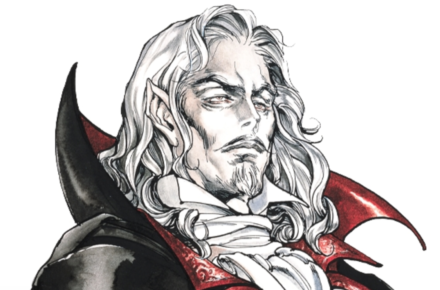


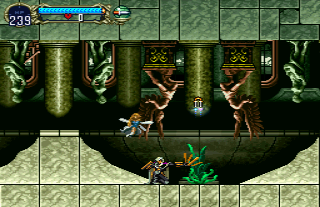
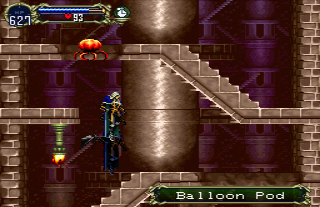
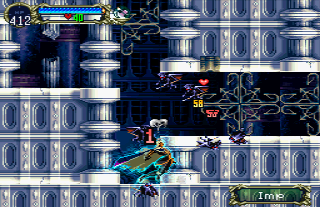
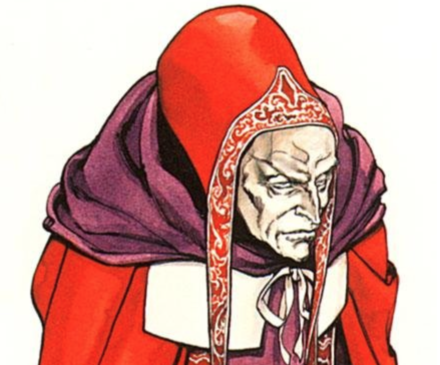
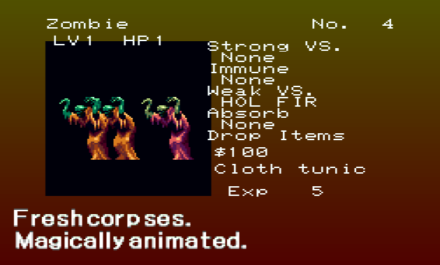
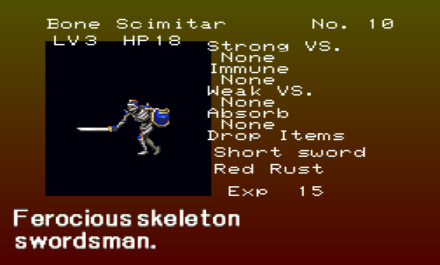
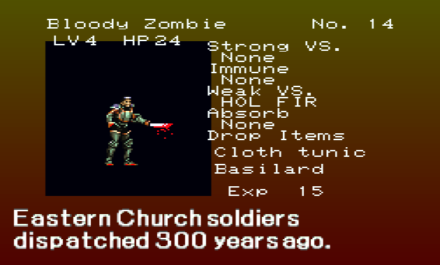

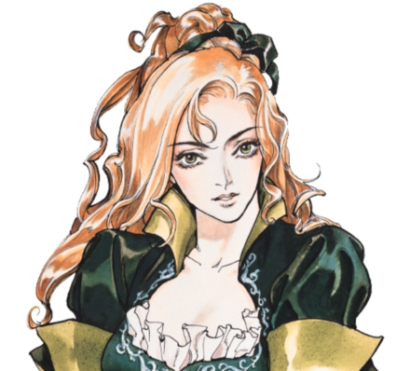
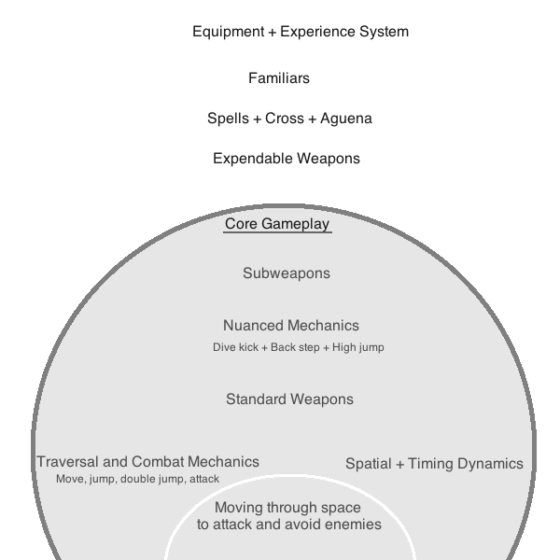


 Game Design Companion: A Critical Analysis of Wario Land 4 - $7.99
Game Design Companion: A Critical Analysis of Wario Land 4 - $7.99 Level Design: Processes and Experiences
Level Design: Processes and Experiences Speed Boost: The Hidden Secrets Behind Arcade Racing Design - $5.99
Speed Boost: The Hidden Secrets Behind Arcade Racing Design - $5.99 Adventures in Games Analysis: Volume I - $5.99
Adventures in Games Analysis: Volume I - $5.99







